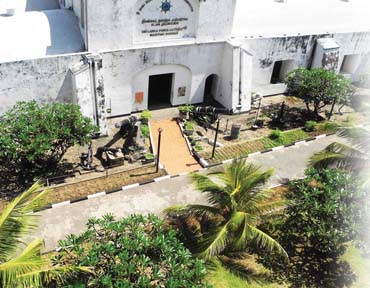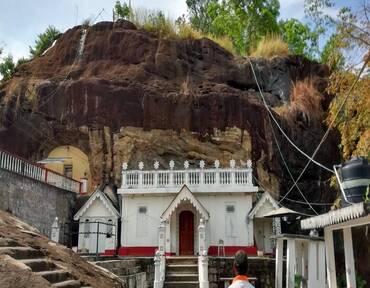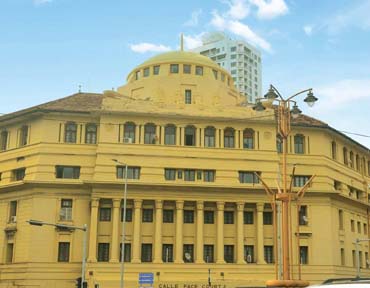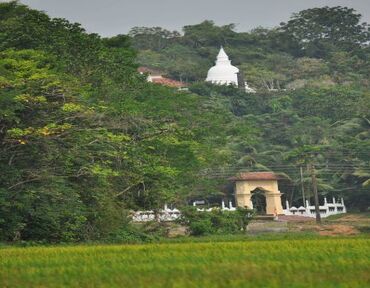


Colombo Maritime Museum is located at 19 Chaithya Road, Colombo, adjacent to the Colombo Port. The museum is housed in a former Dutch prison, built in 1676, which is the only surviving Dutch period building within the Colombo Port area. Various items of historical significance relating to the ports of the country, it’s maritime industry and the ocean around Sri Lanka are on display. Sculptures of King Vijeya and other significant characters are also on display along with model exhibits of ships.

Lenawara Rajamaha Viharaya is an important heritage site in the Kalutara district of Sri Lanka. It holds prominence in terms of cultural and religious history. Built during the reign of King Parakramabahu VI, this temple is a must-visit if you're interested in learning about the deep-rooted cultures of the island. The Lenawara Ancient Temple is situated just outside Horana Town, approximately 5 km along the Anguruwatota Road commencing from the Raigama Junction on the Panadura-Horana Road. The narrow Anguruwatota road, with its canopy of shade trees, leads to the temple.

Galle Face Court 2 building dates back to the colonial era and have house both state and private sector establishments for many years. Built using heavy material the five stories building gives a magnificent look.

description not found